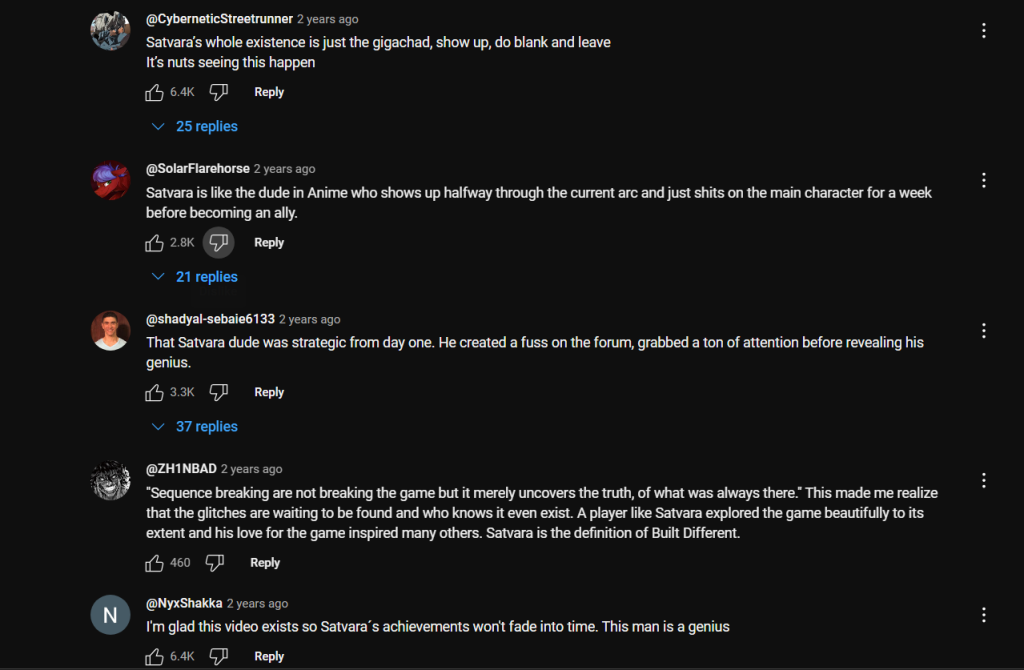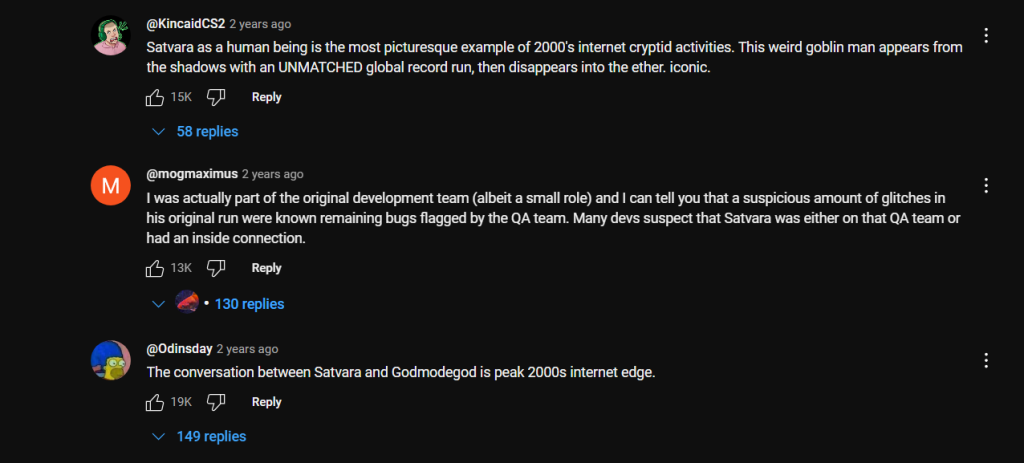The God of War series has always been a benchmark of intense action and intricate design. But in 2007, one man rewrote the rules of how the first game could be played. Speedrunning, the art of completing games as quickly as possible, often involves exploiting glitches hidden within a game’s code.
 God of War 2005 is a classic now. | Image Credit: Santa Monica Studio
God of War 2005 is a classic now. | Image Credit: Santa Monica StudioA speedrunner named Satvara uncovered a glitch so groundbreaking that it reshaped the way God of War was approached. While Satvara was responsible for finding almost 60% of currently used glitches, his discovery of an infinite magic regeneration glitch redefined how the game could be played and cemented his legacy as one of the most influential figures in God of War history.
There hasn’t been a more impactful figure in God of War speedrunning
 Satvara’s entry into the scene was very explosive. | Image Credit: Santa Monica Studio
Satvara’s entry into the scene was very explosive. | Image Credit: Santa Monica StudioShortly after God of War’s release in 2005, the game drew interest from speedrunners. Early attempts, such as Prism’s 2005 run with a time of 2:49:51 on the hardest difficulty, were respectable but far from optimized. Another runner, Ballofsnow, refined Prism’s strategies, introducing a sequence break in the Challenge of Hades and achieving a faster time of 2:16:23 in 2006.

These runs were impressive for their time but adhered largely to the game’s intended mechanics, with only minor glitches and skips exploited. But everything changed in 2007 when a newcomer named Satvara entered the scene with an audacious claim of a segmented run clocking in at 1:21:41, nearly an hour faster than the best time.
Nobody believed him at the time. But when he began sharing videos of his run, it became clear that God of War would never be the same. At the heart of Satvara’s run was his discovery of the infinite regenerative magic glitch. This changed the game’s balance, trivializing combat and removing the need to collect magic upgrades.
 Image Credit: YouTube/ThaRixer
Image Credit: YouTube/ThaRixerEarly in the game, during a tutorial fight against a Medusa, players are granted unlimited magic to practice using Medusa’s Gaze. Instead of finishing the fight, Satvara exploited a boundary glitch to escape the tutorial area. The game, assuming the tutorial was still active, granted him infinite magic for the rest of the playthrough.
Satvara did more than just present his speedrun
 People didn’t believe it at first but Satvara had proof. | Image Credit: Santa Monica Studio
People didn’t believe it at first but Satvara had proof. | Image Credit: Santa Monica StudioBut Satvara didn’t stop there. He paired the magic glitch with other groundbreaking techniques, including high jumps and extended jumps, to bypass significant portions of the game. His ability to discover and execute these maneuvers independently, without prior reference to other runs, solidified his reputation as a pioneer.
 Image Credit: YouTube/ThaRixer
Image Credit: YouTube/ThaRixerFollowing his 2007 run, Satvara continued to push the boundaries of God of War. He discovered numerous additional glitches, including the Port of Athens swimming glitch, which is now one of the most important glitches ever discovered. Let’s hope these glitches remain in the possible remasters that rumored to come.
However, his time in the spotlight was brief. By 2009, personal circumstances, including his mother’s health issues, led him to step away from the community. His departure marked the end of a golden era for God of War speedrunning, but his influence remained.
Satvara’s segmented run remains one of the most iconic moments in God of War speedrunning. His work inspired players to explore the game further, leading to the discovery of additional glitches and skips. Despite his success, Satvara viewed his run as an experiment, expressing humility about his contributions and encouraging others to push the game’s limits even further.
Today, God of War speedrunning owes much of its foundation to Satvara’s groundbreaking work. His ingenuity turned a beloved action game into a canvas for experimentation and creativity. In his own words to YouTuber ThaRixer, “Sequence breaking doesn’t actually ‘break’ the game—it uncovers the truth that was always there.”
Did you use any glitches in your God of War playthrough? Let us know in the comments!
.png)
 1 week ago
15
1 week ago
15


































 Bengali (BD) ·
Bengali (BD) ·  English (US) ·
English (US) ·